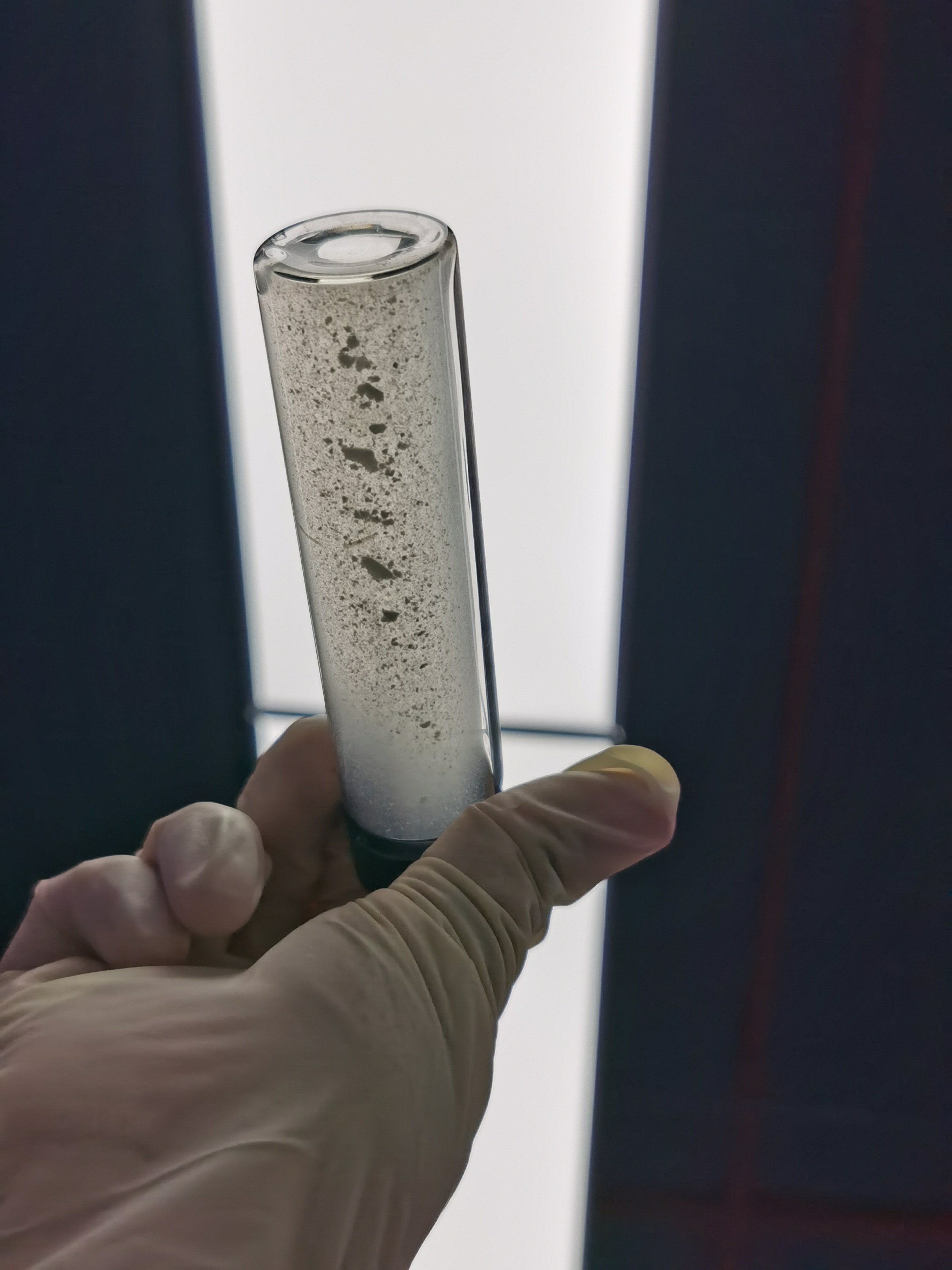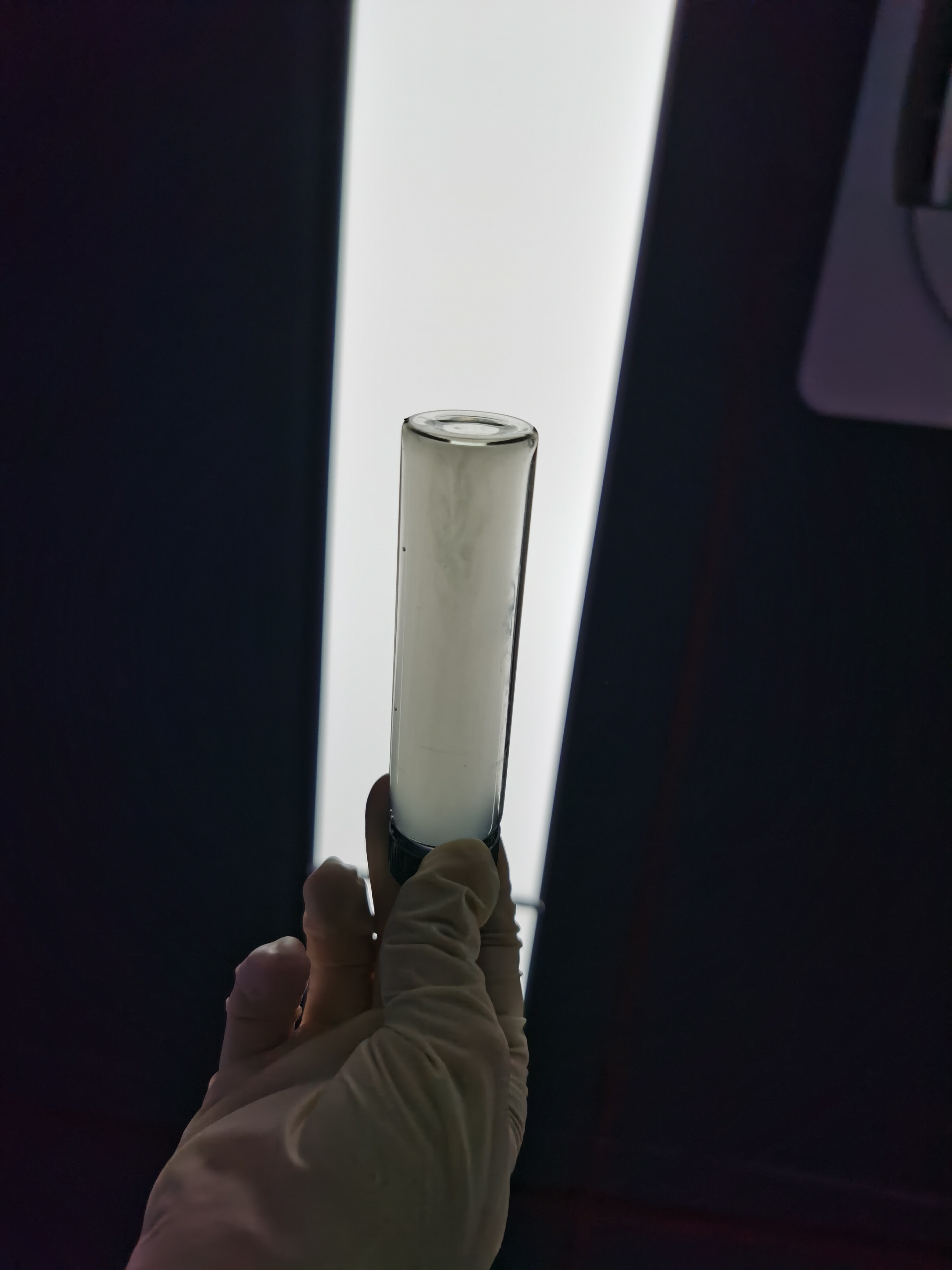Difference between revisions of "Part:BBa K416000"
| (One intermediate revision by one other user not shown) | |||
| Line 1: | Line 1: | ||
| − | |||
__NOTOC__ | __NOTOC__ | ||
<partinfo>BBa_K416000 short</partinfo> | <partinfo>BBa_K416000 short</partinfo> | ||
| − | + | In order to extracellularly display proteins on the yeast cell surface, the protein is fused to this Aga2 protein via a flexible linker. Once secreted, the Aga2 protein binds to the Aga1 protein on the yeast surface, anchoring the fusion onto the cell surface. Because the Aga2 protein must bind Aga1 to display, the chassis yeast strain must also express Aga1. | |
| + | |||
| + | The STOP codon at the end of the gene was removed from this CDS to allow for both N- and C-terminus fusions. | ||
| + | |||
| + | <!-- Add more about the biology of this part here --> | ||
| + | ===Usage by GreatBay_United 2021=== | ||
| + | |||
| + | In 2021, GreatBay_United has used this part to display their protein complex onto the yeast surface. <br> | ||
| + | |||
| + | The protein expression cassette was showed below: | ||
| + | |||
| + | [[File:T--Greatbay United--p004.png|600px|thumb|center|the cassette of yeast surface display of GFP-HCV protease cut site-antiGFP complex]] | ||
| + | |||
| + | The expression cassette was successfully transformed into yeast, and the relevant proteins were successfully expressed, see the fluorescence image below: | ||
| + | |||
| + | [[File:T--Greatbay United--p002.png|600px|thumb|center|GFP expression image]] | ||
| + | |||
| + | In another cassette, GFP antibody (anti-GFP) were also expressed, if both complex and antiGFP were successfully displayed on the surface, they will be able to sense the HCV NS3 protease in solution. The protease would cut and release the antiGFP linked to GFP, and the solely expressed anti-GFP would had chance to connect with GFP. this interaction would lead to the macroscopical agglutination phenomenon when we mix two kinds of engineered yeast together and also HCV protease. The final agglutination could also prove that the signal peptide is working well. | ||
| + | |||
| + | [[File:T--Greatbay United--p003.png|600px|thumb|center|anti-GFP expression cassette]] | ||
| − | + | [[File:T--Greatbay United--p005.png|200px|thumb|center|the two types of yeast co-culture with HCV protease in the medium]] | |
| − | + | [[File:T--Greatbay United--p006.png|200px|thumb|center|the two types of yeast co-culture without HCV protease in the medium]] | |
| − | + | ||
<!-- --> | <!-- --> | ||
Latest revision as of 17:10, 20 October 2021
Aga2 CDS Responsible for Yeast Surface Display
In order to extracellularly display proteins on the yeast cell surface, the protein is fused to this Aga2 protein via a flexible linker. Once secreted, the Aga2 protein binds to the Aga1 protein on the yeast surface, anchoring the fusion onto the cell surface. Because the Aga2 protein must bind Aga1 to display, the chassis yeast strain must also express Aga1.
The STOP codon at the end of the gene was removed from this CDS to allow for both N- and C-terminus fusions.
Usage by GreatBay_United 2021
In 2021, GreatBay_United has used this part to display their protein complex onto the yeast surface.
The protein expression cassette was showed below:
The expression cassette was successfully transformed into yeast, and the relevant proteins were successfully expressed, see the fluorescence image below:
In another cassette, GFP antibody (anti-GFP) were also expressed, if both complex and antiGFP were successfully displayed on the surface, they will be able to sense the HCV NS3 protease in solution. The protease would cut and release the antiGFP linked to GFP, and the solely expressed anti-GFP would had chance to connect with GFP. this interaction would lead to the macroscopical agglutination phenomenon when we mix two kinds of engineered yeast together and also HCV protease. The final agglutination could also prove that the signal peptide is working well.
Sequence and Features
- 10COMPATIBLE WITH RFC[10]
- 12COMPATIBLE WITH RFC[12]
- 21COMPATIBLE WITH RFC[21]
- 23COMPATIBLE WITH RFC[23]
- 25COMPATIBLE WITH RFC[25]
- 1000COMPATIBLE WITH RFC[1000]





